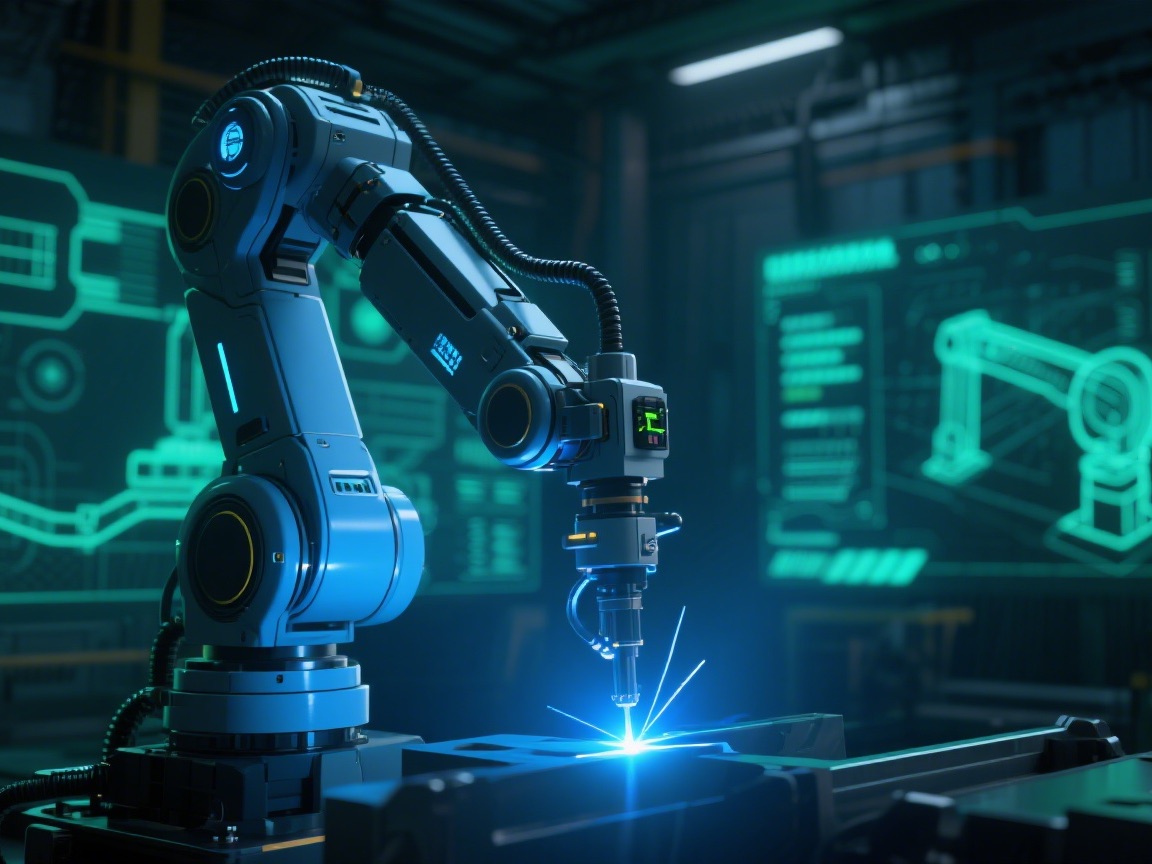 Industry News
Industry News Industrial Manufacturing: AI-Driven Upgrade of Smart Manufacturing
Industrial Manufacturing: AI-Driven Upgrade of Smart Manufacturing
2025-08-27
2025-05-13
2025-05-19
2025-06-03
2025-06-20
2025-07-01
 Current Affairs
Current AffairsQ1: What is a microbial limit tester?
A1: Simply put, a microbial limit tester is a device specifically for testing microorganisms. It can detect the quantity and type of microorganisms in products, the environment, or water sources. Industries like pharmaceuticals, food, and cosmetics can’t do without it—it mainly ensures product safety meets the microbial limit standards set by the state and industry.
Q2: What are the main stages in the development history of microbial limit testers?
A2: It mainly went through four stages:
Traditional Culture Method Stage (Early 20th Century – Late 20th Century)This stage relied mainly on classic culturing and colony observation. All operations were manual: using a microscope to observe, then counting colonies by hand. But its shortcomings were obvious: the process was tedious, it took a long time (usually 24 to 72 hours to get results), and results were greatly affected by human factors. It couldn’t keep up with the needs of modern rapid testing.
Introduction of Automated Culturing and Testing Technology (1990s)Changes began at this point: automated incubators, colony testing devices, and optical sensors were added, enabling partial automated operations. The advantage was that testing efficiency improved, and human error decreased. However, it still relied on culturing as the basis, so testing time was still quite long.
Development of Biosensing and Rapid Testing Technology (2000s)There was a major technological breakthrough—various sensors were put into use (optical, electrochemical, fluorescent), along with microfluidic technology and immunoassay methods. This made rapid, sensitive testing possible. Representative devices included rapid microbial limit testers and multi-parameter biosensor platforms.
Modern Multi-Functional Intelligent Microbial Tester (2010s – Present)Today’s devices are more intelligent, integrating IoT (Internet of Things), big data, and AI technology. They support remote monitoring, automatic data analysis, and real-time result feedback. They’re also easy to use: there are portable and handheld models with simple operations. Testing time has been greatly reduced—results can be obtained in a few hours, or even faster in some cases. The efficiency improvement is particularly noticeable.
Q3: What directions will the future development of microbial limit testers take?
A3: The future trends mainly include six aspects:
Faster and more sensitive testing technologyIn the future, "instant testing" may be achieved, with response speeds possibly reaching the "second level." Nanotechnology and genetic testing (such as PCR and isothermal amplification) will also be used to make testing more sensitive and specific.
More intelligent, automated, and portableMore instruments will be equipped with AI algorithms, enabling automatic identification and result judgment—no need for people to monitor them constantly. More portable and handheld devices will be developed, suitable for on-site rapid testing (e.g., by production lines or outdoor sites) for greater flexibility.
Integration with IoT and big dataTesting devices will be connected to the cloud, enabling real-time monitoring, and data can be stored and analyzed at any time. This will also help enterprises and industries build microbial control databases, optimize management strategies, and make control more scientific.
Multi-parameter and multi-functional integrated platformsFuture testers won’t just detect microbial quantity—they’ll also monitor other indicators (such as pollutants and toxins) at the same time. One device will handle multi-dimensional quality control, eliminating the need to switch between multiple devices.
Greater focus on sustainability and green testing solutionsEco-friendly materials will be used, and waste of disposable reagents will be reduced to promote the development of green testing technology. This ensures testing effectiveness while avoiding resource waste and environmental pollution.
Integration with gene editing and synthetic biologyTechnologies like CRISPR will be used to develop new biosensors, taking the specificity and reliability of testing to a new level.
Q4: What positive impacts has the development of microbial limit testers brought to industries?
A4: The positive impacts are mainly in four aspects:First, both testing efficiency and accuracy have improved. Shorter testing cycles allow products to launch faster.Second, costs have decreased—there’s less need for tedious manual work and sample processing expenses are reduced.Third, product safety has been enhanced: microbial contamination can be detected quickly, avoiding potential safety risks.Fourth, it promotes the upgrading of industry standards, supporting stricter and more scientific microbial control systems.
Q5: Facing the future, how should industries and enterprises respond to the development changes of microbial limit testers?
A5: They can respond from four aspects:First, proactively introduce new technologies and equipment to improve testing capabilities.Second, strengthen the training of technical personnel, helping them master the latest testing methods and equipment maintenance knowledge.Third, keep up with data management and Internet applications to promote the construction of intelligent testing systems.Fourth, embrace the concept of green environmental protection and choose eco-friendly, low-energy-consuming equipment to meet long-term development needs.